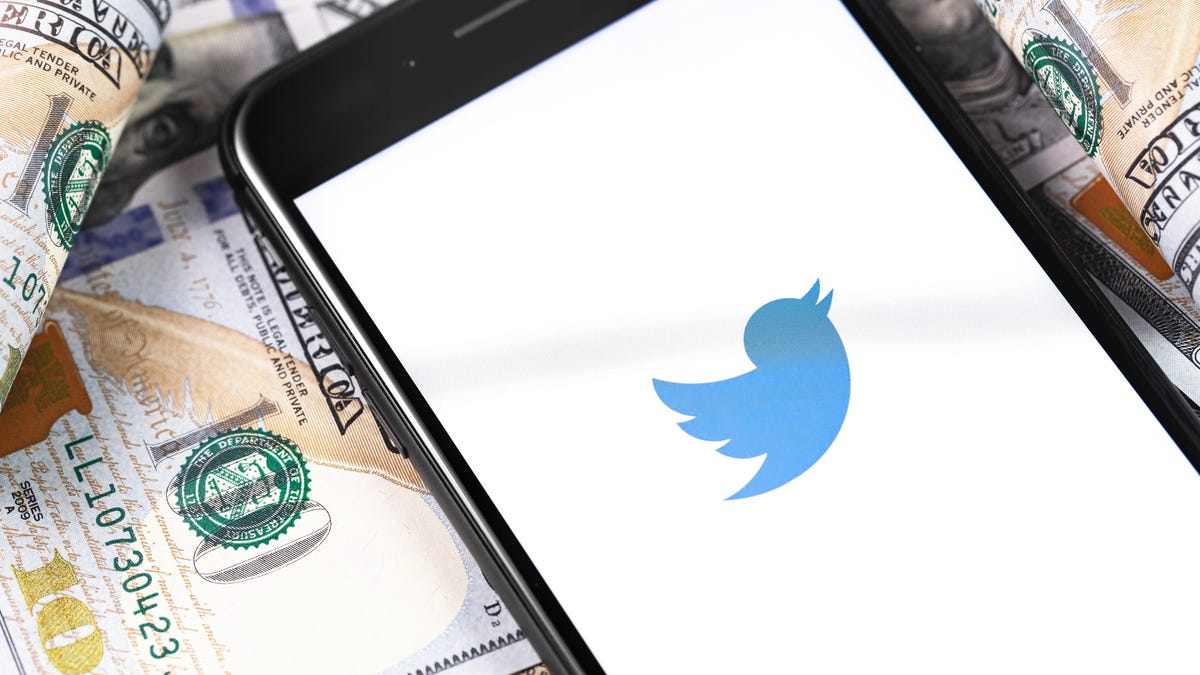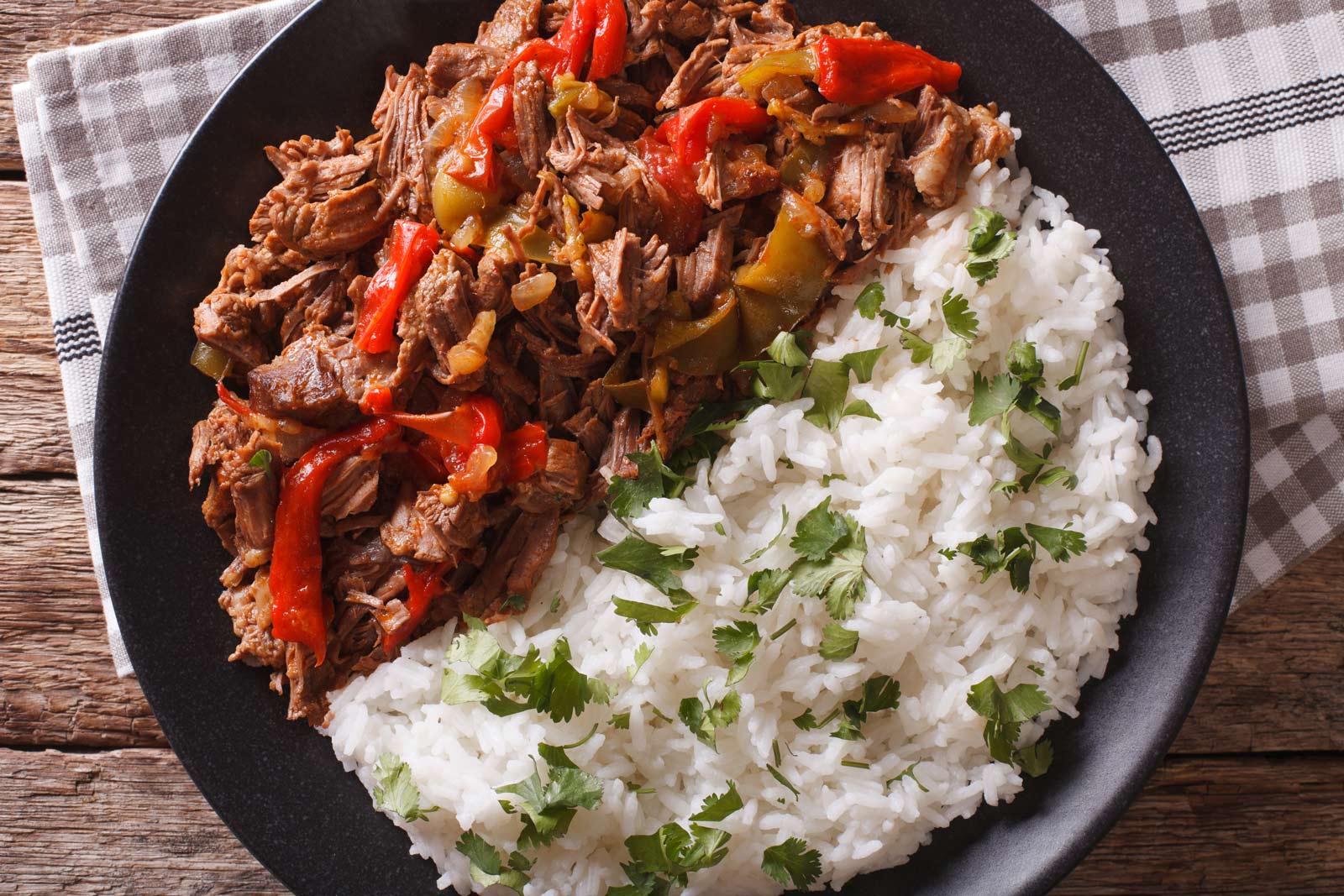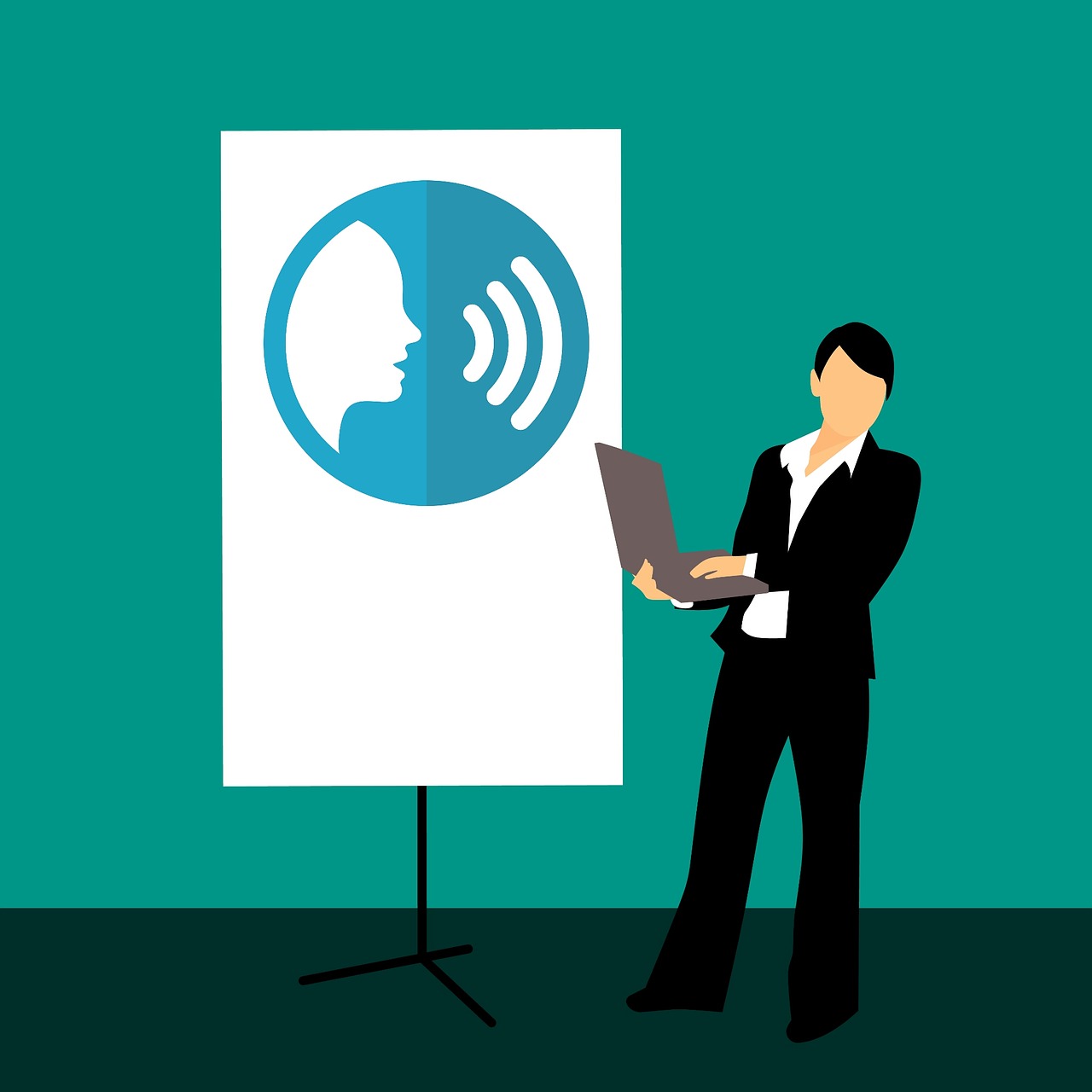A Beginner’s Guide to Playing Blackjack in a Casino Without Embarrassing Yourself
The game of blackjack (or something close to it) was first documented in the early 1600s in Cervantes’ Novelas Ejemplares. Since then, blackjack has become the most widely played casino card game in the world. It’s a great first...
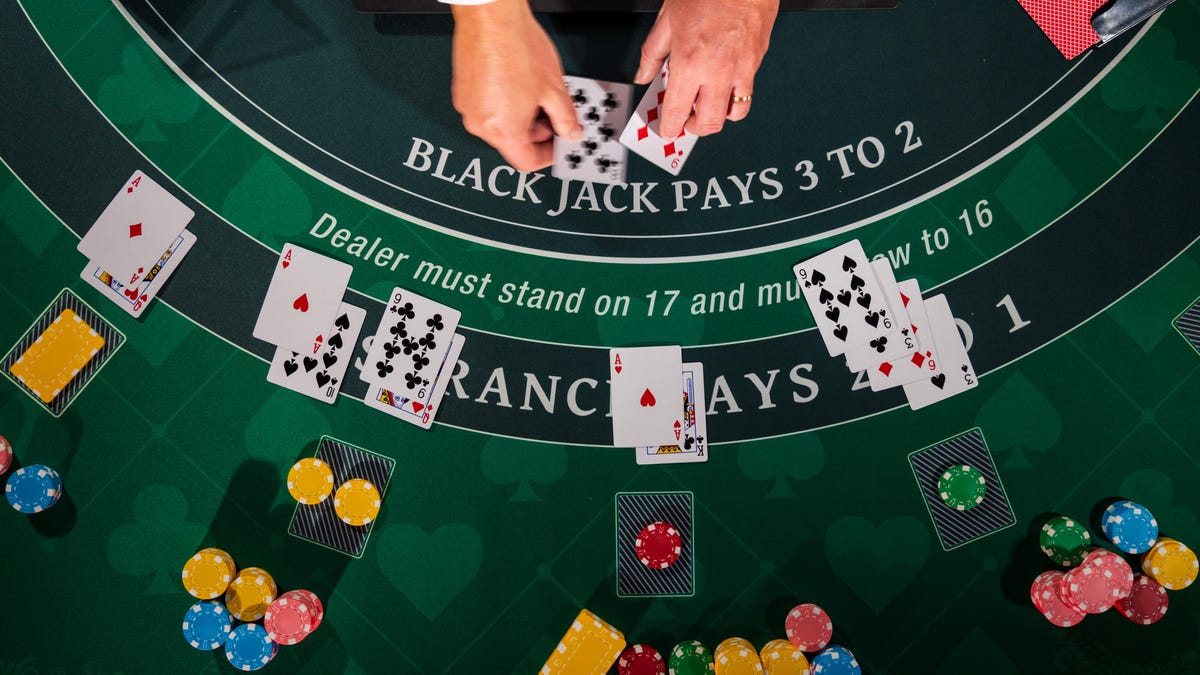
The game of blackjack (or something close to it) was first documented in the early 1600s in Cervantes’ Novelas Ejemplares. Since then, blackjack has become the most widely played casino card game in the world. It’s a great first table game—it’s complex enough to be fun, but slow enough for newbs to follow, plus it generally offers the best player odds of any casino game.
While the black and white rules of blackjack are easy to understand, the unwritten rules—the etiquette and customs of playing blackjack in a real life casino—can be harder to grasp. They are, however, vital to know if you want to avoid looking like a doof. So if you’ve never sat down at table to play casino blackjack, here’s a guide to approaching your first game without embarrassing yourself.
“There’s a right way and a wrong way to play blackjack,” explains Mike Griggs. Griggs has worked in gaming since the 1980s. He’s been a blackjack dealer, worked as a casino pit boss, and as a shift boss overseeing dealers at Atlantic City’s Tropicana hotel and casino, so this guy has seen just about everything possible at a blackjack table.
What are the hand signals used in blackjack?
Right after learning the basic rules of the game, a beginner blackjack players needs to become familiar with a couple of basic hand signals. They’re easy to learn, and essential to playing in a casino game.
Tapping your finger on the table means “give me another card.” Or “hit me.” It looks like this:
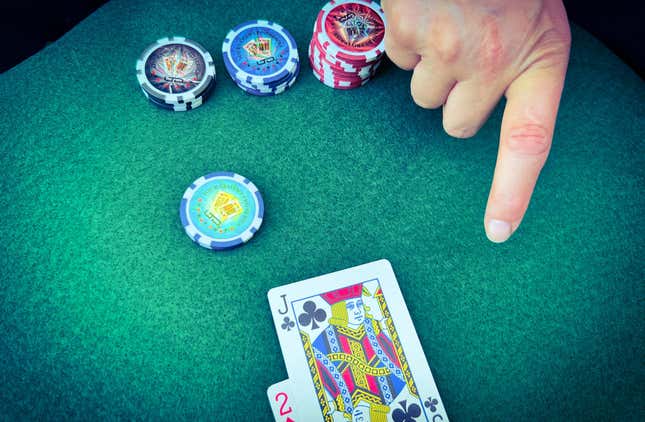
Photo: Stephen Johnson
The sign for “I stand” or “no more cards please” is a quick wave of the hand (or hands) over your cards. It looks like this:.
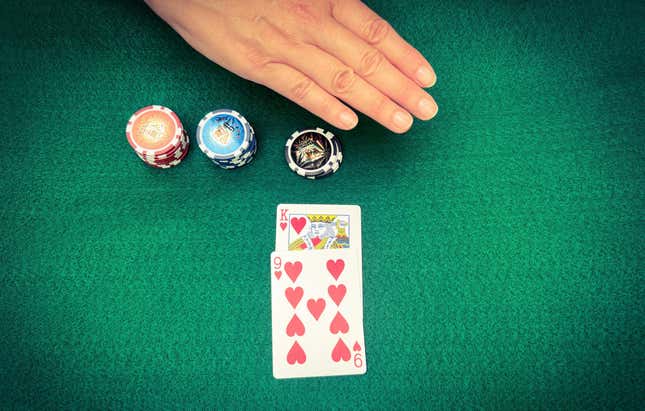
Photo: Stephen Johnson
So don’t say “hit me” or “stand.” Make the gesture. Doing anything else can (and does) lead to confusion.
“Dealers are trained not to act on verbal [cues],” Griggs explained. “They’re trained to act on hand signals. A player might hit the table and say ‘no,’ but the dealer sees the hand and gives them a card. So tap the table when you want a card. Hand-wave when you don’t want a card.”
Don’t touch the chips or cards during a hand
To bet on a hand, you put the chips you want to bet into the circle or square in front of you before the deal has started. Once the deal begins, you cannot touch the chips you’ve bet. And you can never touch the cards. New players might touch the chips because they’re clueless, but the casino is going to think they’re trying to cheat, and the other players at the table will think they’re an asshole.
If you are doubling or splitting a hand, don’t put the new chips on top of the ones you’ve bet. Lay down an equal stack next to to your original bet, outside the circle or square, to signal to the dealer that you want to split or double.
For example: This smart player is splitting a pair of 8s:
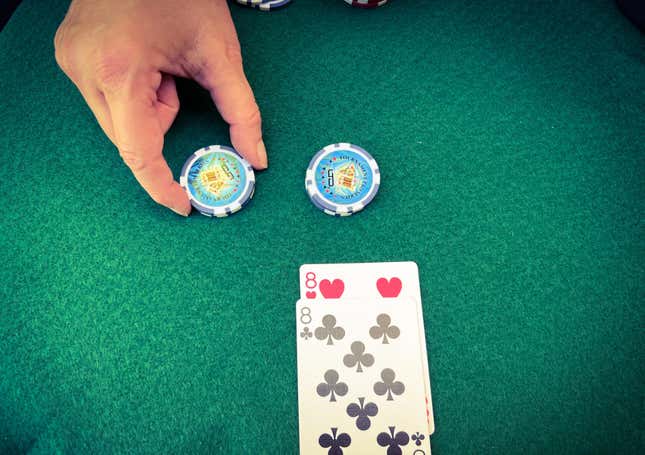
Photo: Stephen Johnson
“Why is the dealer handing me this plastic card?”
It varies from casino to casino and table to table, but blackjack decks are usually either shuffled after every hand, or dealt from a shoe of six to eight decks—enough cards that counting is very difficult. When playing in a shoe game, after the shuffle, a player cuts the deck by inserting a blank plastic card, marking when the cards will be shuffled again.
“If a cut card comes to them, sometimes new players absolutely don’t know what to do,” Griggs said. “They might put it in sideways. Or they’ll just start jamming it in real hard. It’s just a simple cut. That’s all it is.”
If you’re the cutter, the rule of “don’t touch the cards” still applies. Just slide the cut card in anywhere without touching the deck. Some say the cut card’s placement makes some small difference for the most advanced card counters, but it won’t matter to you and 99.8% of players. The house won’t let you cut it too thin anyway—the bottom of a shoe is where card counting really matters, so they shuffle before it gets too close. If you’d rather not deal with cutting, it’s totally cool to say “dealer cut.”
The dealer is not your enemy
Unless you’ve really done something to piss them off, the dealer probably wants you to win. They’re at work after all, and being around happy people who are winning money is a more fun shift than being surrounded by a bunch of grumpy losers. More importantly, the dealer wants you to win because winners are more likely to tip them.
When to tip when playing casino blackjack
Unlike in a restaurant, there is no specific percentage of tipping expected during a blackjack game, according to Griggs. “It’s a token of appreciation,” he said. “if the dealer is helping you with what to do and what not to do, if they’re engaging and showing you a good time, you might put a buck or two next to your bet, to play along with the dealer.”
Blackjack dealers and players are surprisingly friendly
It varies from table to table of course, but both dealers and players are usually friendly to new players (at a low stakes table—hardcore gamblers betting a grand a hand probably don’t want any rookies stinking up the joint), as long as you know the basic rules and etiquette and you’re not a jerk.
If you don’t know how to play a hand, don’t be afraid to ask. “If you’re ever not sure, you can say, ‘what do you think?’ and other players will be quick to chime in,” Griggs said. And they’ll almost always give you the right play. Making that right play is called “basic strategy.”
The basics of blackjack’s basic strategy
Unlike playing poker against other gamblers, casino blackjack has no bluffing or psychological component. It’s just math, and unless you’re counting cards or cheating, it makes no sense to bet against math. The dealer has no choice in how they play—they’ll always hit on 16. Players have choices, but there’s a single right move every time in blackjack, and anyone who tells you differently is a liar (unless they’re counting cards or cheating) and anyone who bets against the math because they feel lucky is a fool.
With a few exceptions, blackjack basic strategy, simplified, assumes that any card you don’t see is equal to 10, because almost a third of the cards in the deck equal 10. So if the dealer is showing a 6, assume the card you don’t see is a 10, and his hand is 16. If you’re holding a 14, it’s best to not take another card, on the assumption that the dealer has a 16 and will draw a 10 and end up losing. (Don’t blame me if they draw a 5 though—that’s why it’s gambling.)
The casinos try to identify card counters and prosecute cheaters, but they don’t care if you memorize basic strategy—they’ll even sell cheat sheets at their gift stores and let you play with them right out on the felt— because even if you play “perfectly,” the house still has an advantage. It’s a relatively small one in blackjack, around 1-2%, but that’s enough to keep the lights on in Las Vegas.
The etiquette of making the “wrong” bet
Leaving aside card counting and cheating, it really doesn’t matter how the person next to you plays their hand. Logic says making a bad choice in a random deck is as likely to help the rest of the table as hurt it. But if blackjack players were logical, they’d stay out of casinos. Even though it makes little sense, other players often get very angry if you screw up, if you hit a hard 17 or split a pair of jacks, say. The other players are not concerned about you losing money; they think you’re messing up the way the cards “should have” come out. This becomes more important based on where you’re sitting at the table.
“You have to be careful at ‘third base,’” explains Griggs. “That’s the last spot on the table before the dealer. Everyone looks at that spot as if you have control of what the dealer’s going to get. If you play wrong, and it doesn’t pan out, and the dealer makes the hand because of something you did, people bitch and complain.”
Can you take photographs inside a casino?
Don’t take pictures inside casinos, even though it’s not as much of a rule breaker as it used to be.“Back in the day there were no photos taken on the casino floor,” Griggs said. “It’s a privacy thing. Someone might be taking off from work, or the wife doesn’t know that her husband is down there. But now everyone’s got a freaking smartphone, and if there’s something going on, everyone’s got their phone out. What can you do?”
Don’t get (too) drunk and play cards
There’s a reason that cocktail waitress or waiter is so eager to bring you a gin and tonic, and it’s not because they have a crush on you. “It’s not a good idea, when you’re just learning, to come up to a game banged-up drunk,” Griggs said. “Emotions get the best of you, and you may not be making the best moves.”
The most important rule of casino gambling: You are going to lose
There’s a reason they say “the house always wins”; it’s the immutable, eternal truth. Math has no pity. You might cheat the odds for a night or a weekend, but eventually, the scales will balance and your pockets will be emptied. So always walk into the casino mentally prepared for your eventual defeat. Look at whatever cash you bring in as money you’re spending for whatever thrill you get out of pretending to be a high roller for an evening—if you win, awesome! If you lose, no biggie. Have fun with it, but don’t get caught up in it. For almost everyone, blackjack (and every other casino game) is a sucker bet.
Oh, and always split aces.

 Lynk
Lynk 







